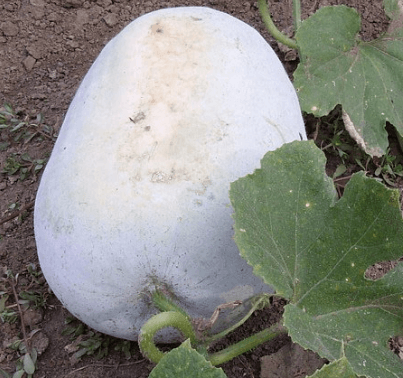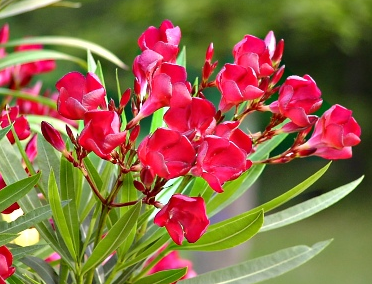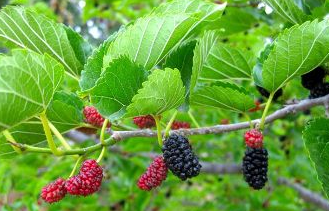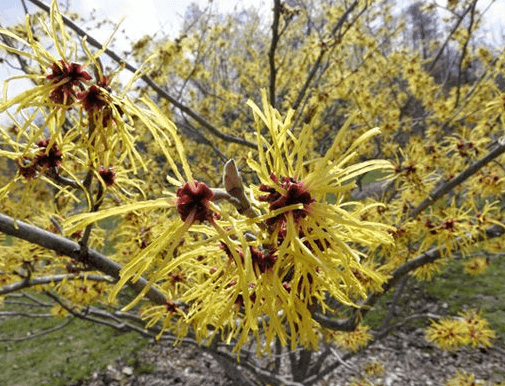Propagating herbs: Taking Cuttings
Plants that must be grown from cut things are a little more difficult to propagate, and judgment is needed as to which time of the season is best. This can vary from one year to the next, according to the weather. The best time to take most cuttings is in late spring after the earlier growth has hardened the new shoots. If the cutting is too soft it will wilt when put into sand. One way to determine if a cutting is hard enough is to bend it to at our 70 degrees and if it springs back to its original position it is firm enough to use.
When taking cutting in late spring use the tips of the shoots, taking 6-8 cm early in the morning before the sun has had time to wilt them, or collect what you will need on a dull day. Strip off the lower leaves, keeping two to four at the top. Always remove the foliage with an upward pull; if tugged downwards the bark will sometimes come away with the leaf, making the cutting useless. With very soft shoots, it is better to remove leaves with a sharp knife or secateurs. Trim with secateurs just below a node and make sure it is a clean cut with no jugged edges. The cutting when trimmed should be 4-6cm long. When the cutting has been prepared, fill a container with a mixture of coarse river sand and peat moss. A 12.5 cm pot will hold about twenty cuttings.
Before putting in the prepared shoots, dip each one in a reliable fresh cutting powder available from nurseries. There are several strengths on the market. No. 1 is for softwood, No. 2 for semi- hardwood, and No. 3 for hardwood. One that gives good results and which saves much trouble and expense is an all purpose cutting powder.
To push cuttings into sand, use a dibbler or a pencil to make a hole, and then press the sand firmly around the seam with your finger, or the other end of the dibbler. If the cutting is pushed into coarse sand without first making a hole, the bark might be damaged. Put the prepared filled pot of cuttings in a warm, shady place until the shoots leave made roots, then plant them into individual pots containing a reliable potting mixture. Keep them well watered. If roots are showing around the soil when the plants are knocked out of the pot, they are ready to go into the herb garden.






